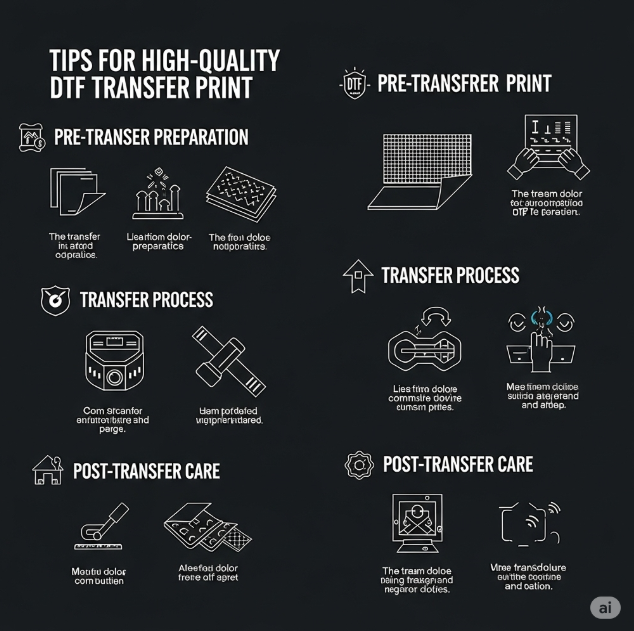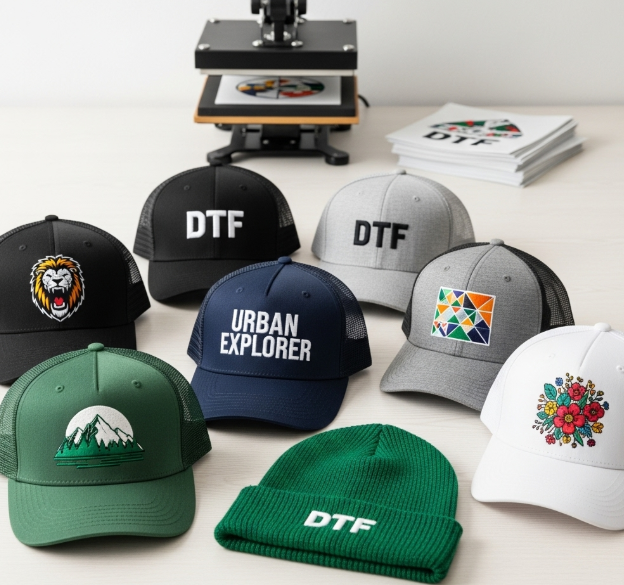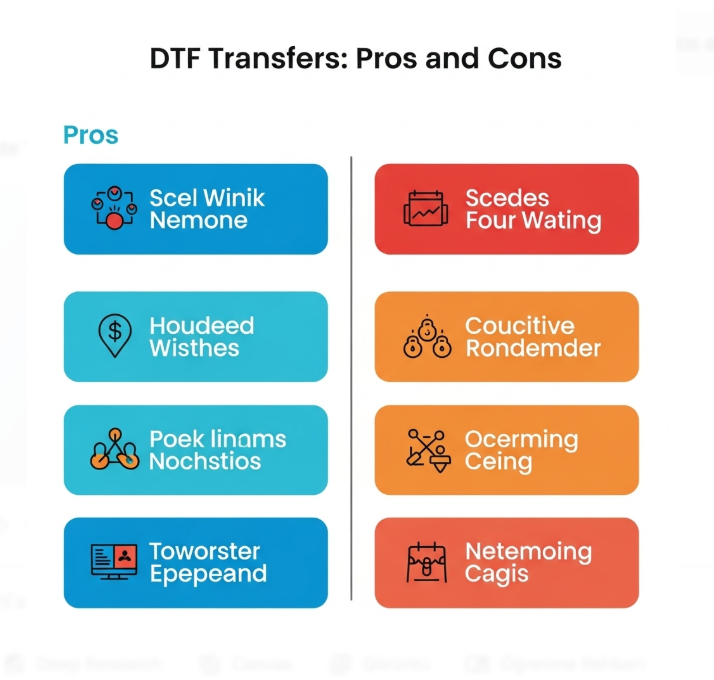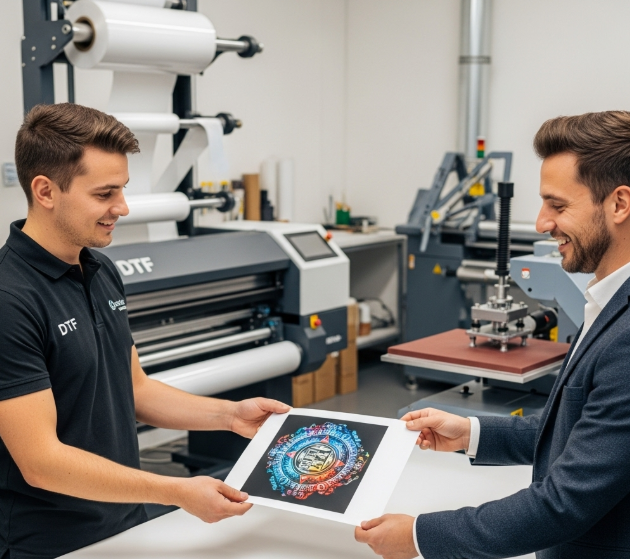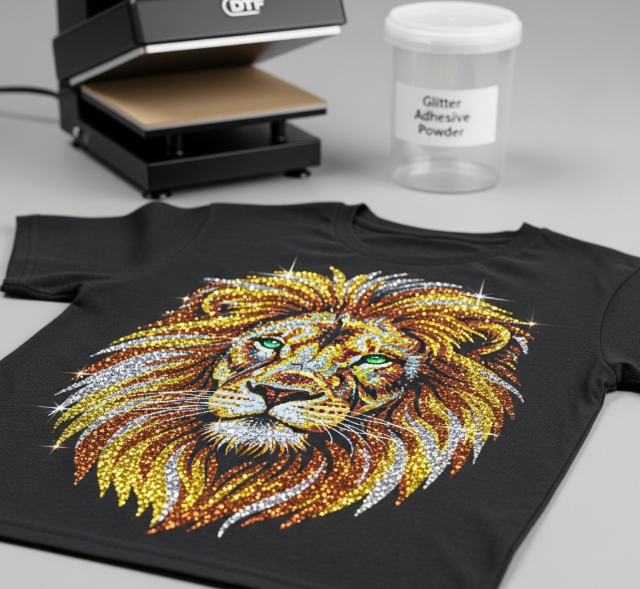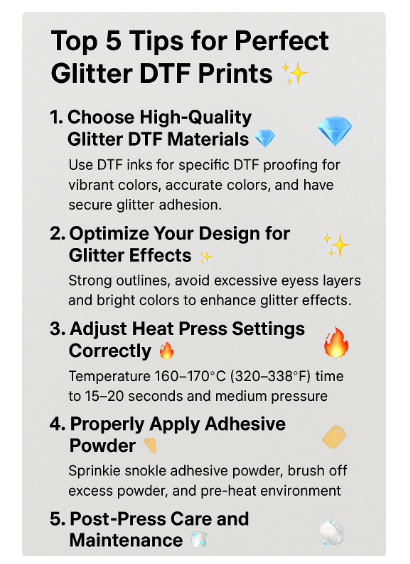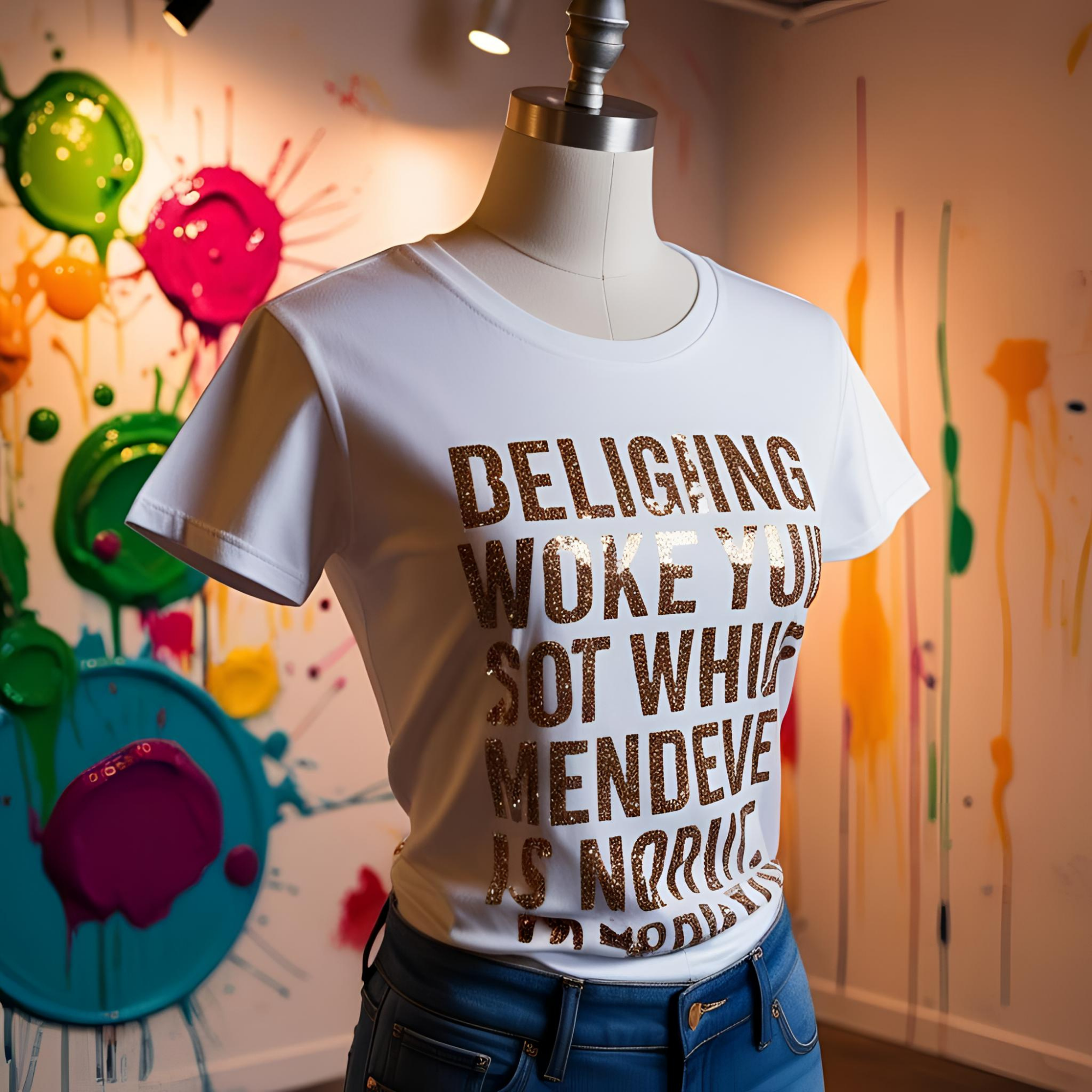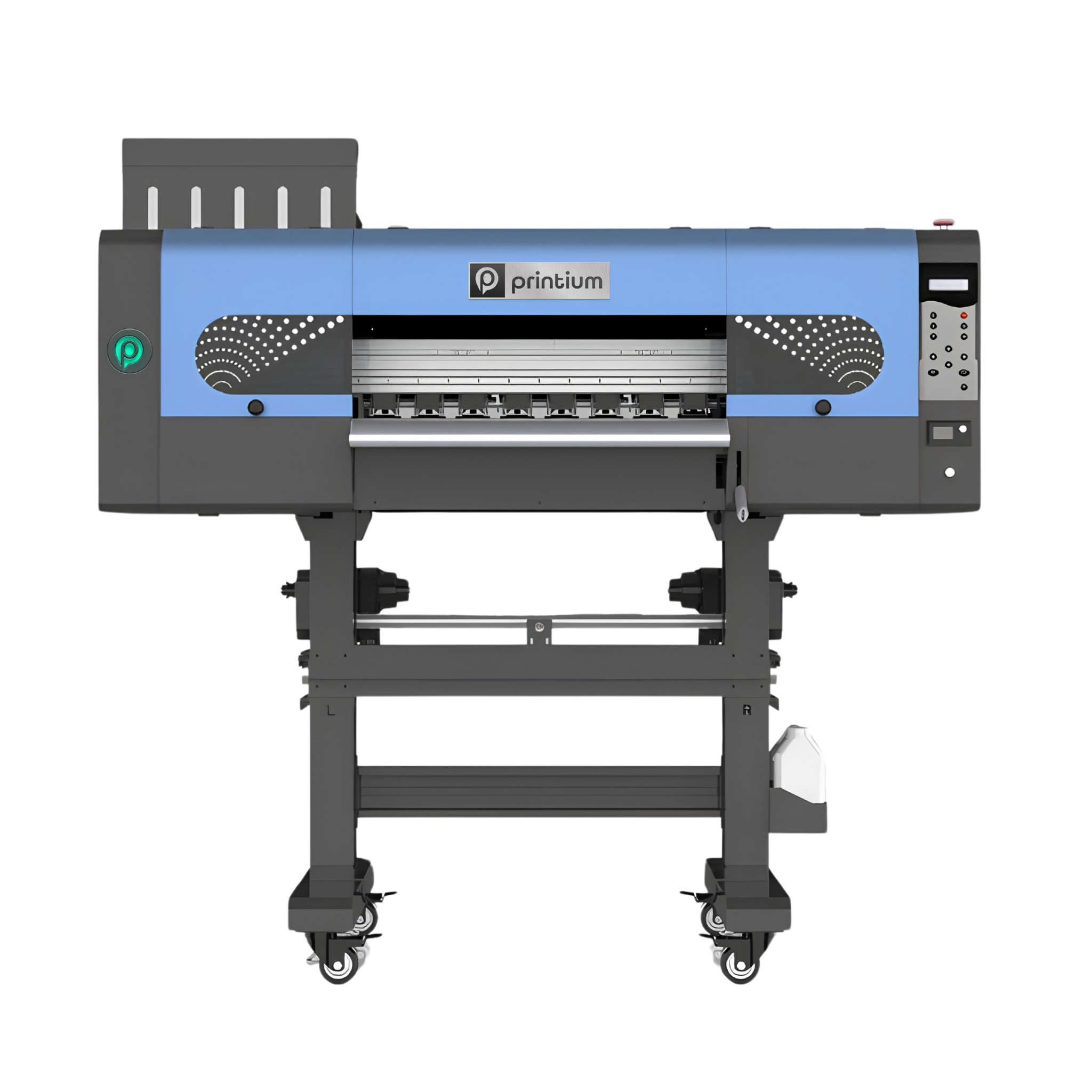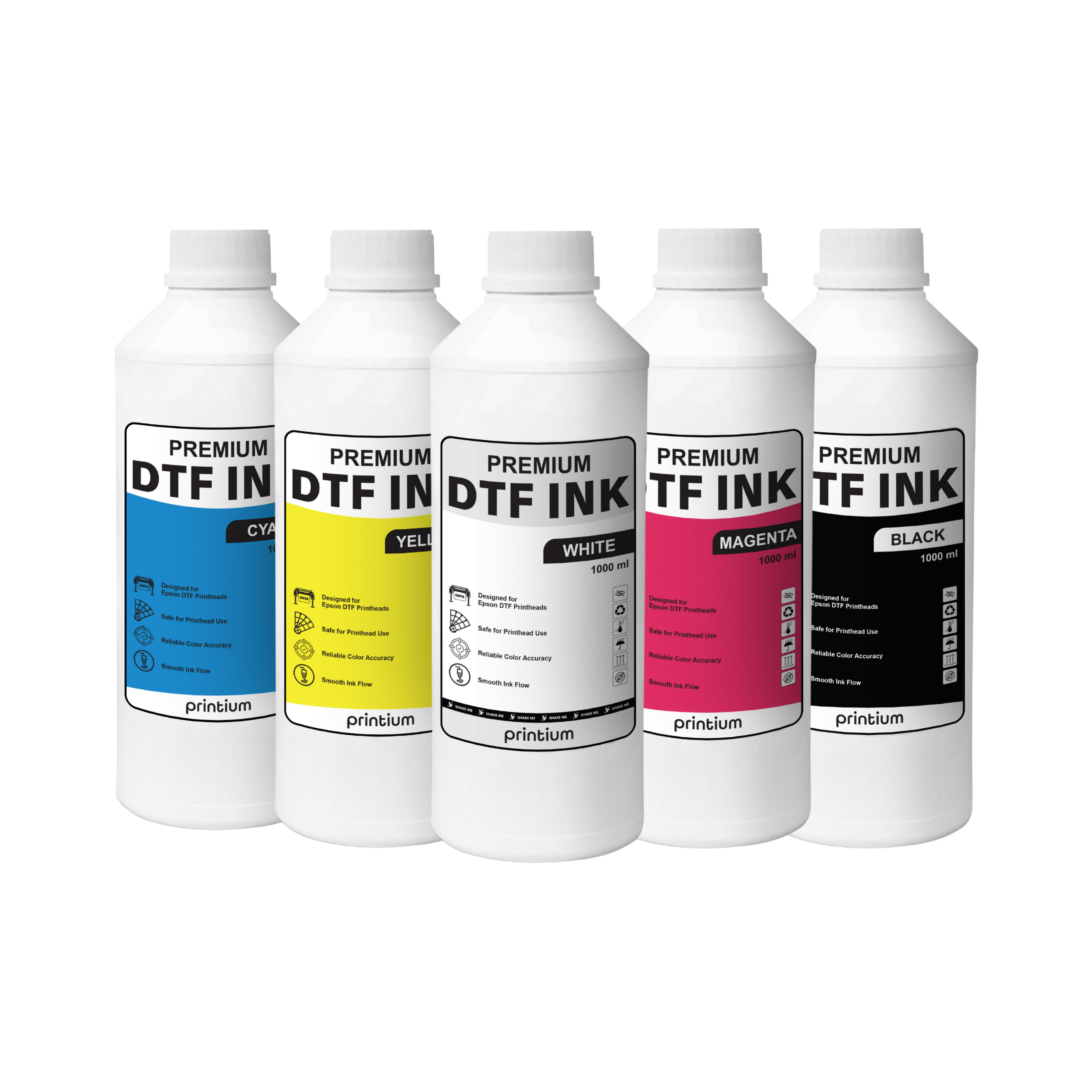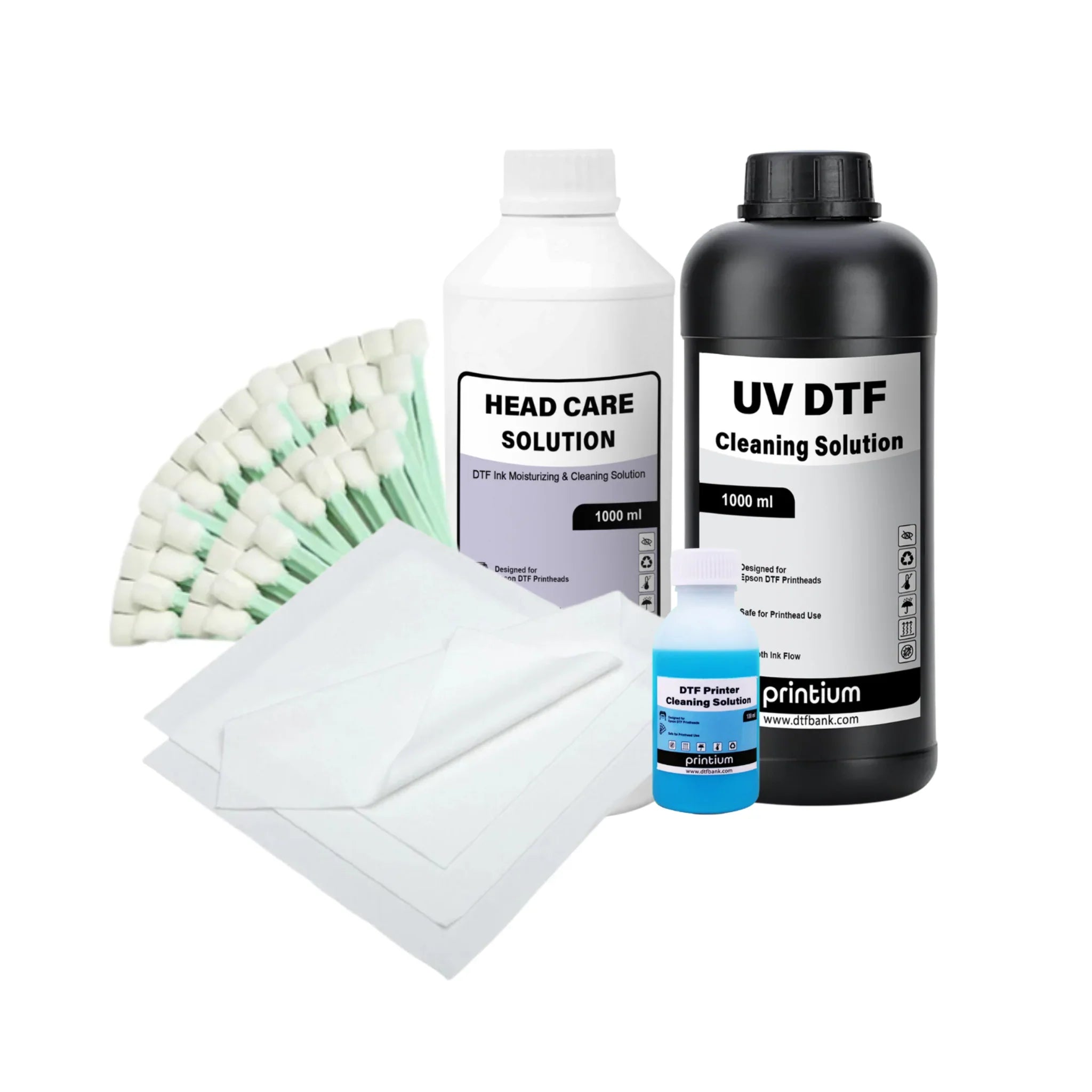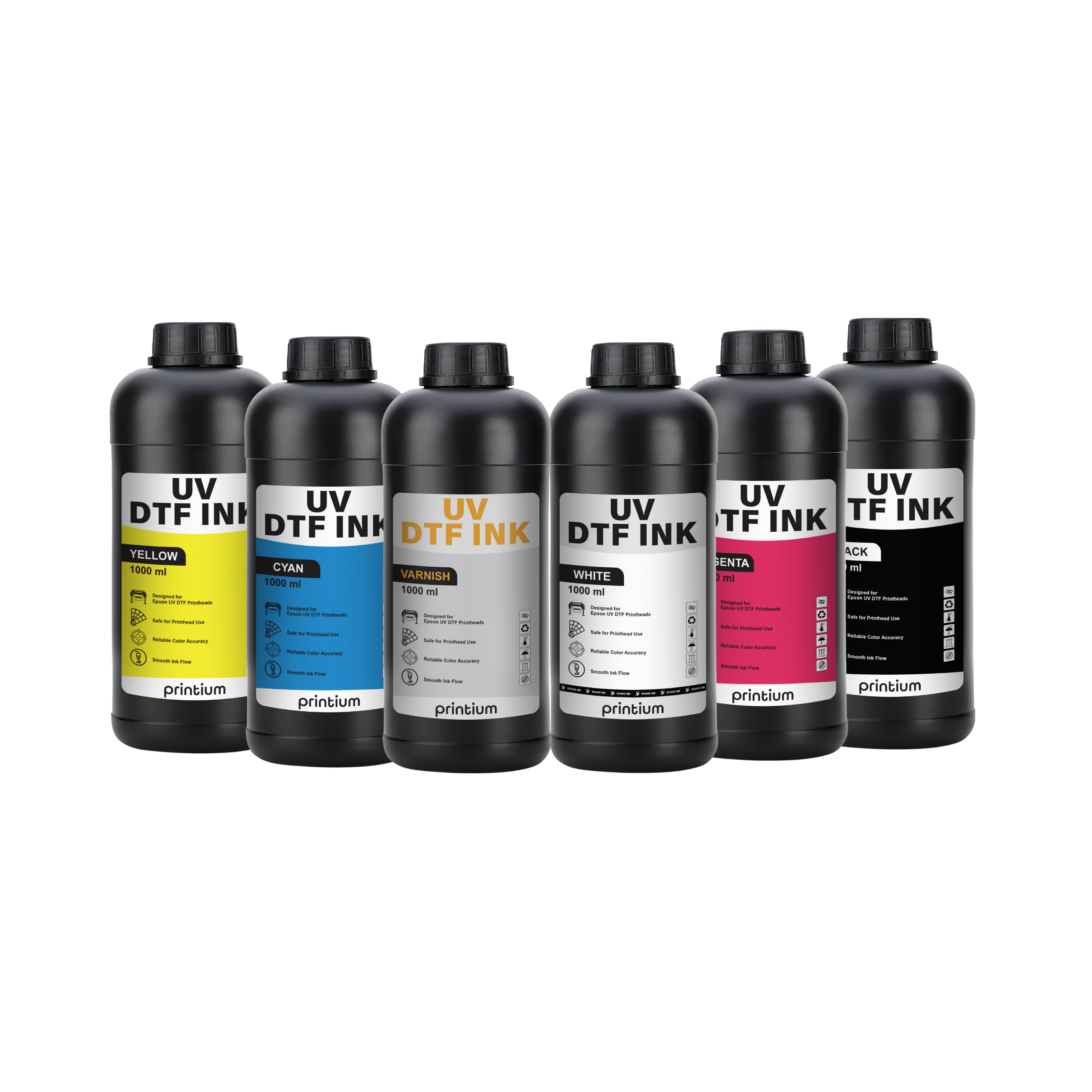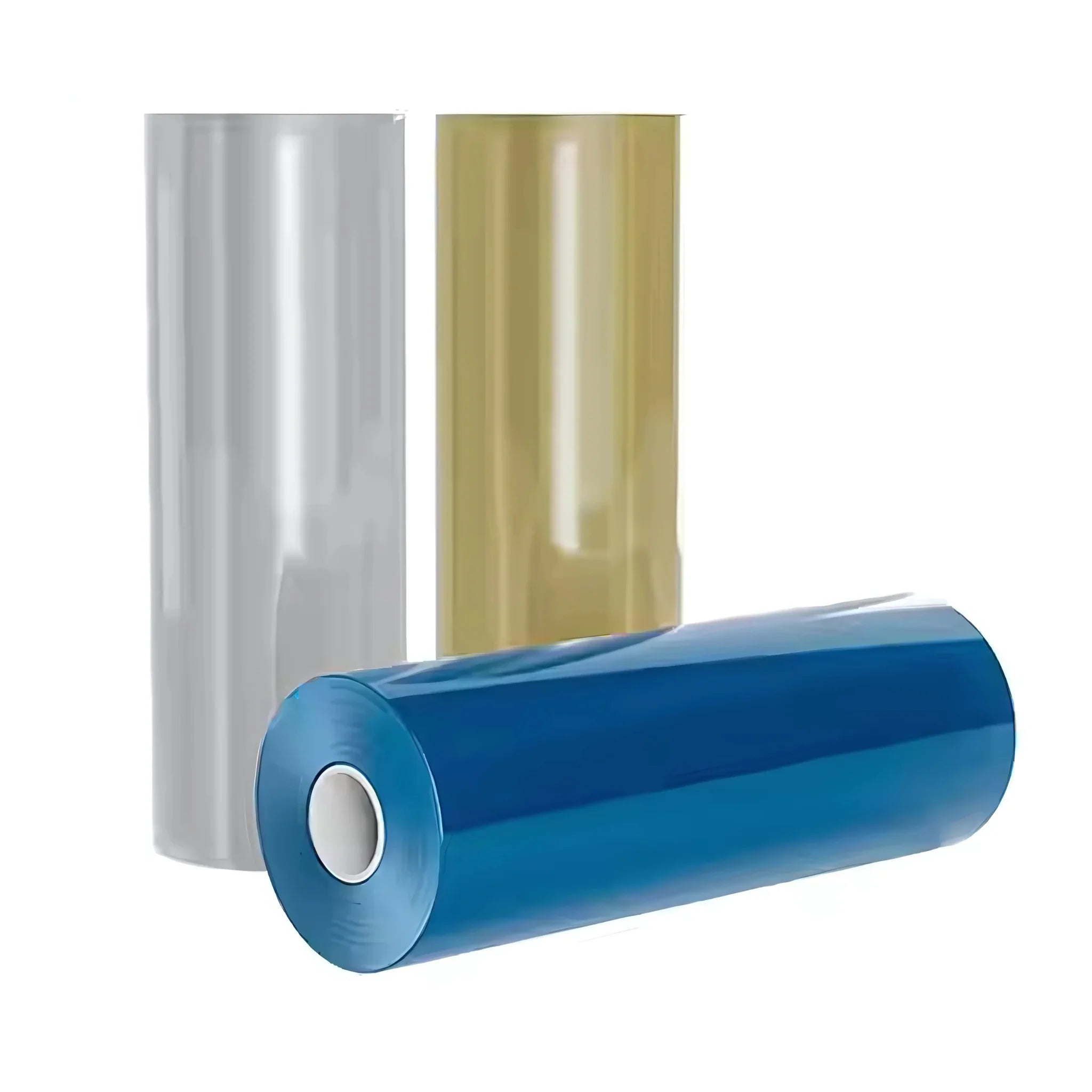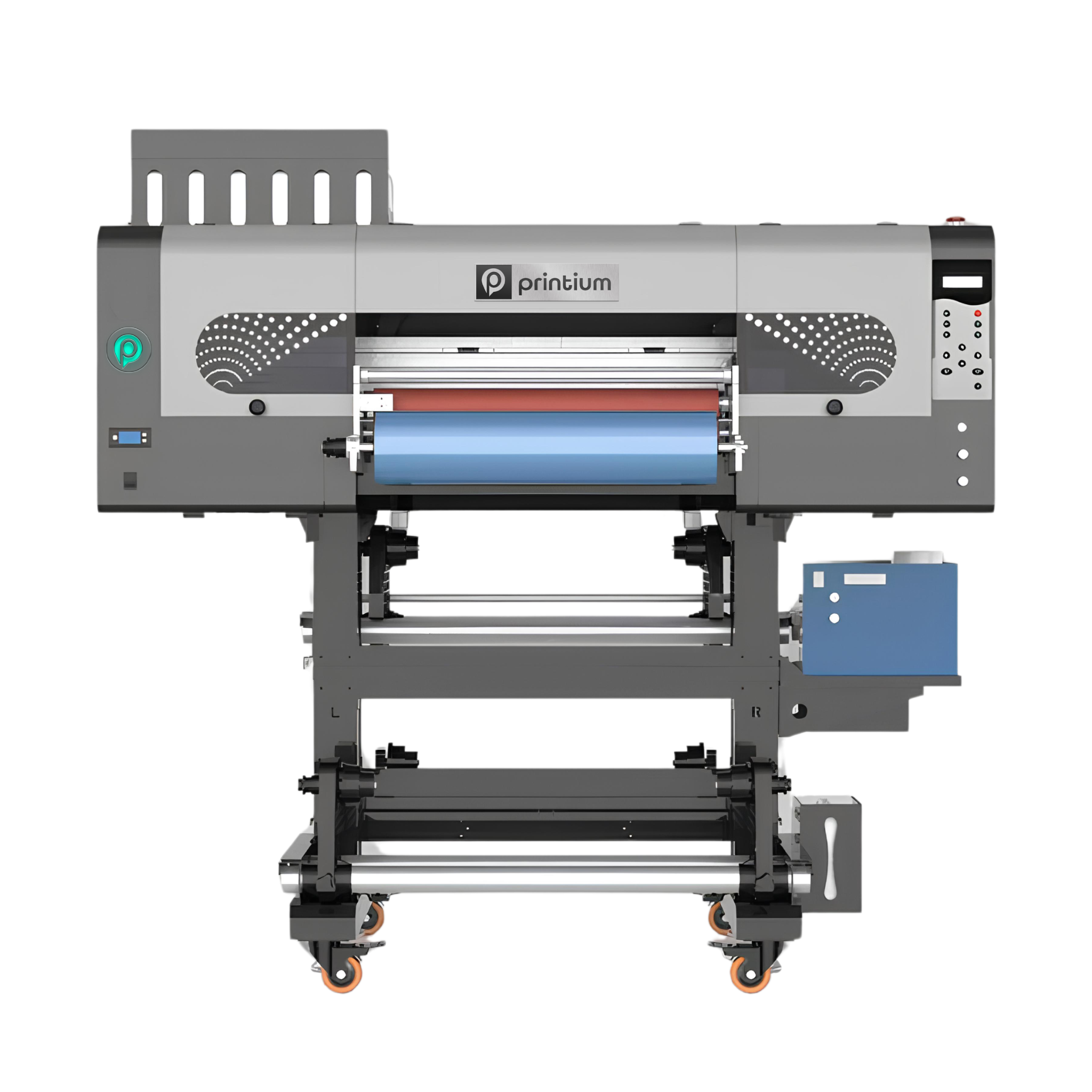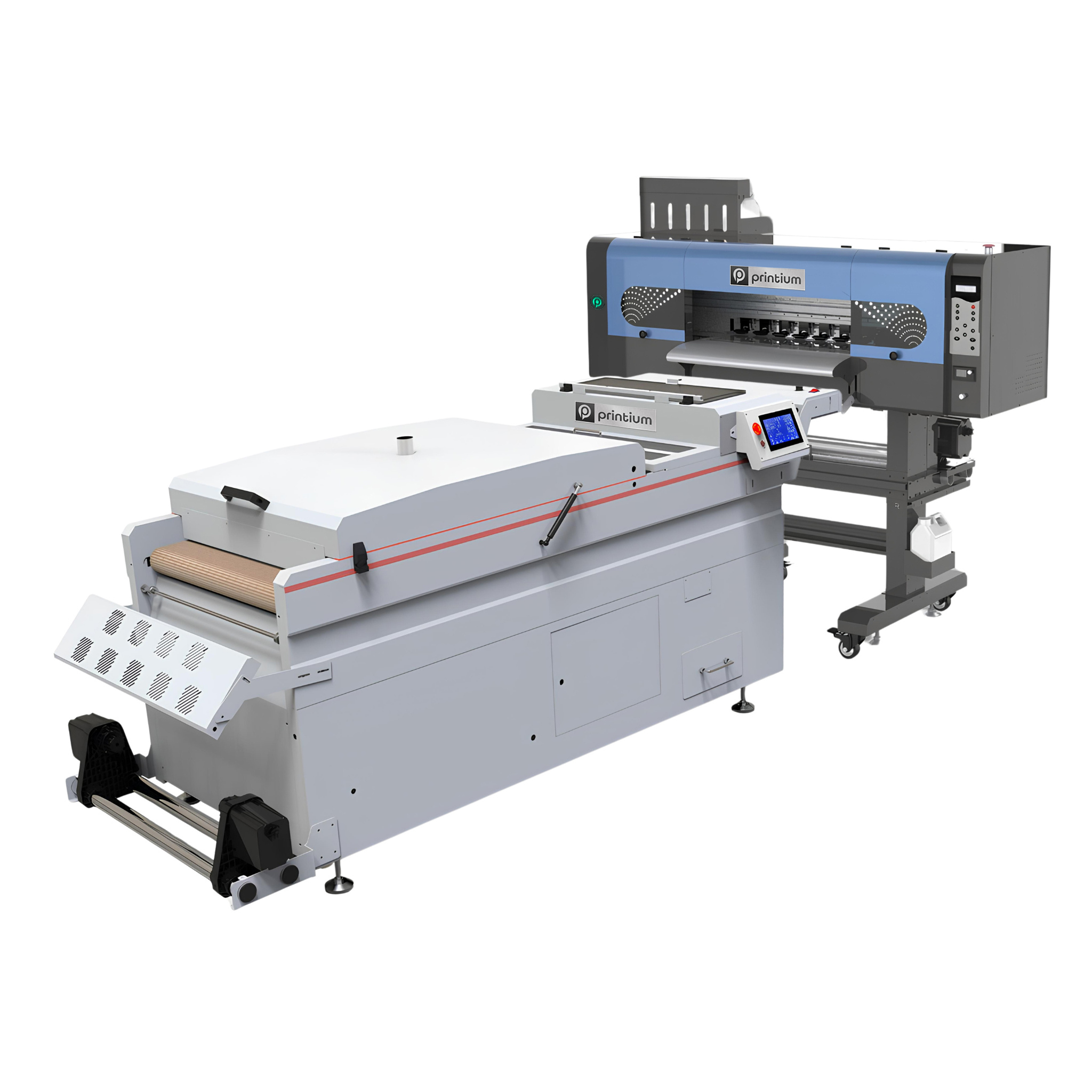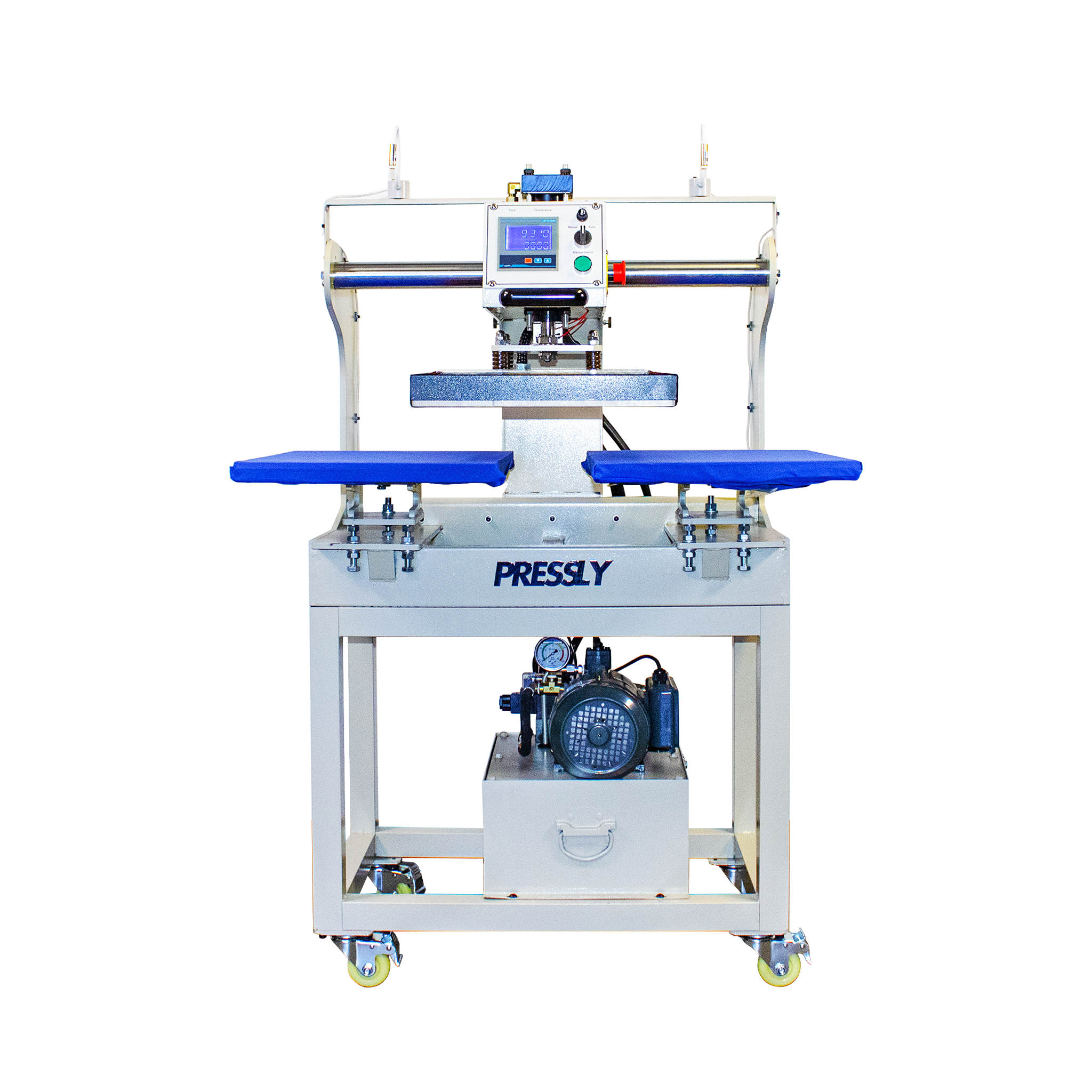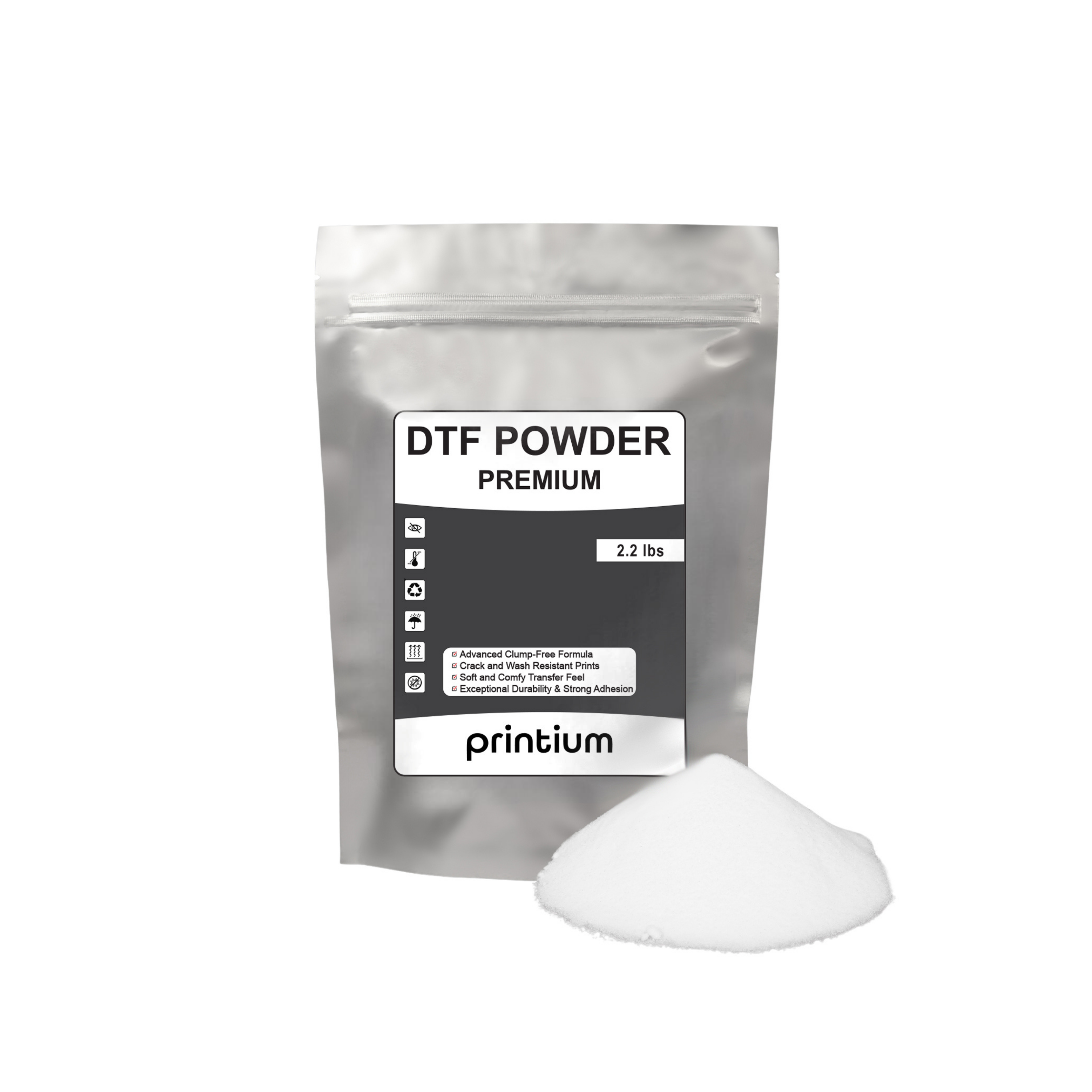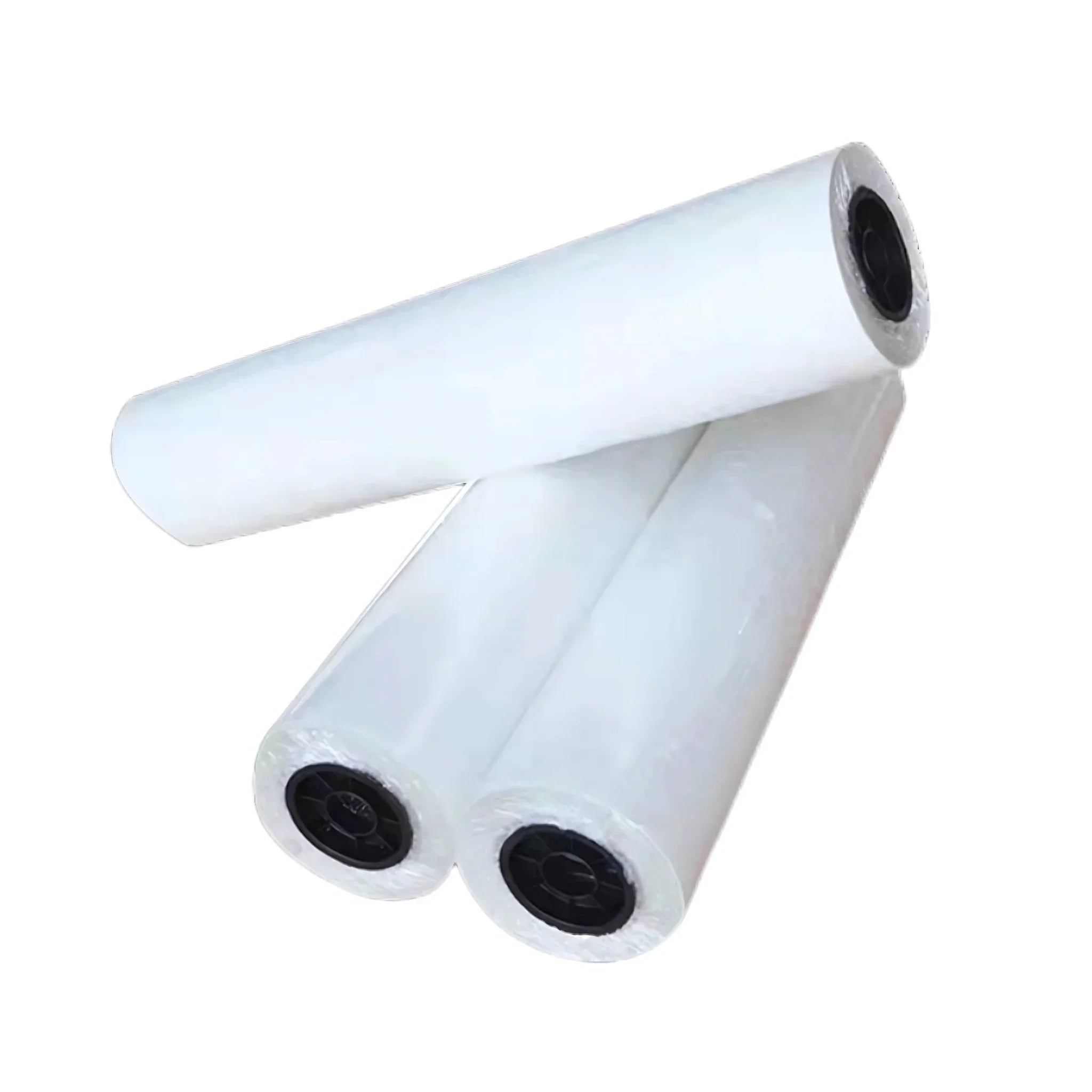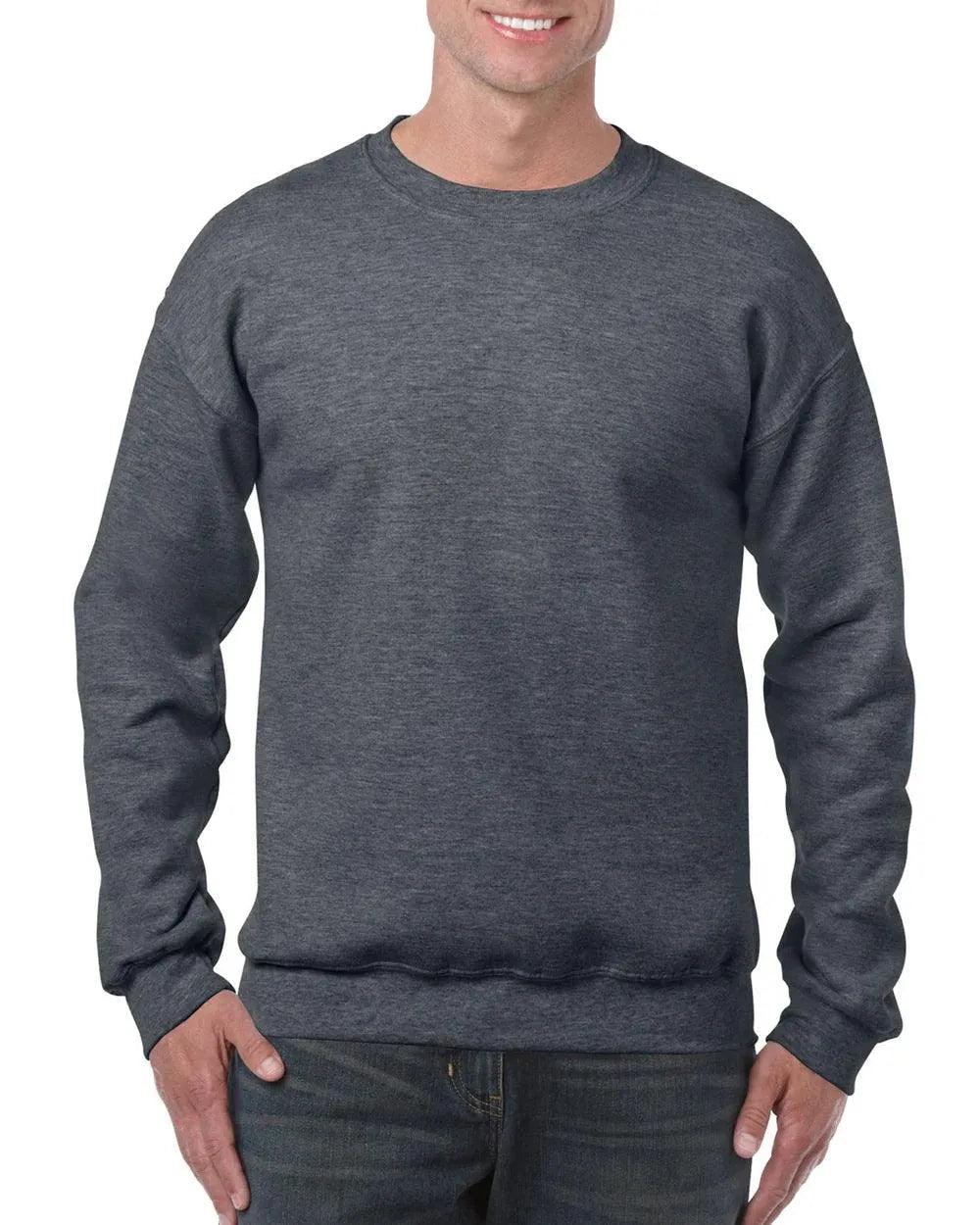
Tips for High-Quality DTF Transfer Prints
DTF Transfer Prints has gained significant popularity due to its ability to produce vibrant, detailed designs on various materials. Whether you're a business owner, designer, or hobbyist, achieving high-quality DTF prints requires attention to detail and understanding the best practices. Here are some essential tips to ensure your DTF Transfer Prints come out looking their best.
1. Choose the Right DTF Film
The quality of your print starts with the DTF film. It's essential to use high-quality film that is compatible with your printer and the material you're printing on. Low-quality films may cause issues with adhesion, print clarity, and longevity. Opt for trusted brands to ensure consistent results, especially when printing intricate designs.
2. Use the Correct Printer Settings
Your printer settings play a vital role in the output quality of your DTF Transfer Prints. Ensure that your printer is correctly calibrated for DTF printing. Check the resolution, color profiles, and print speed settings. For the best results, use high-quality print settings to capture the fine details of your design. Lower resolution settings may lead to blurry or pixelated prints.
3. Ensure Proper Ink Levels and Quality
Ink quality directly impacts print vibrancy and durability. Use high-quality, compatible DTF inks that ensure rich colors and longevity. Make sure the ink levels are sufficient to avoid any inconsistencies or faded spots. Regularly check your printer for clogged nozzles or ink buildup to maintain smooth ink flow.
4. Proper Powder Adhesion
After printing the design on the DTF film, apply the adhesive powder carefully. The powder must be evenly distributed to ensure that the ink adheres correctly to the material during the transfer process. Shake off any excess powder to avoid lumps or uneven application. Over-applying or under-applying the powder can result in poor adhesion, causing parts of the design to peel off after pressing.
5. Use the Right Heat Press Settings
The heat press settings are crucial to achieving high-quality DTF prints. Make sure to set the correct temperature, pressure, and time for the material you’re using. The typical range is around 160-170°C (320-340°F), with a pressure level that’s firm but not too intense. Use a test piece to adjust the heat press settings to ensure you get the perfect transfer without damaging the material or over-cooking the design.
6. Test Different Materials
Not all materials respond to DTF transfers in the same way. Test your transfer process on different fabrics and surfaces to understand how each one reacts. Cotton, polyester, and cotton-poly blends are the most commonly used materials for apparel, but DTF can also be used on items like mugs, bags, and even leather. Some fabrics may require a slightly adjusted heat press setting for the best results.
7. Let Transfers Cool Before Peeling
After pressing the transfer, allow the film to cool for a few seconds before peeling it away. This ensures the design has fully adhered to the substrate. If the film is peeled too early, the design may not bond properly, leading to partial or incomplete transfers. Patience is key when it comes to the cooling phase.
8. Perform Regular Maintenance on Your Printer
A well-maintained printer produces better results. Clean your printer's print heads and nozzles regularly to avoid ink clogs. Use the appropriate cleaning solution to maintain print quality, as dried ink on the nozzles can lead to uneven printing. Regular maintenance will keep your printer working efficiently and ensure high-quality output for each transfer.
9. Avoid Overloading the Heat Press
While it might be tempting to load multiple transfers at once, avoid overloading your heat press. Ensure there is enough space between the transfers to ensure even heat distribution. Crowding transfers together can result in uneven pressure, causing parts of your design to be under-pressed or distorted.
10. Choose the Right Design Files
The quality of your design files is crucial to the final print. Use high-resolution vector files to avoid pixelation when the design is scaled up or down. Vector graphics ensure that the edges remain crisp and clear, even for intricate designs. Avoid using raster images that may not retain sharpness when enlarged.
Conclusion DTF Transfer Prints
Achieving high-quality DTF transfers involves more than just choosing the right equipment; it requires attention to detail, the right settings, and proper maintenance. By following these tips, you can ensure that your DTF transfers are vibrant, durable, and precise. Whether you’re creating custom apparel or promotional items, mastering these techniques will help you achieve professional results every time.
Check Out Our Other Products
More information

